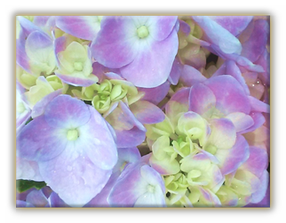Water Your Maples! - Ilex Farms Main
Main menu:
- Home Page
- Resources
- About Us
- Contact Us
- Map to iLEX
- Projects
- Archive
- News, Events
Water Your Maples!
Watering Your Maples
(here in the South, U.S.A.)
The following is an excerpt of a recent article written by Andrew J. Baril of the Alabama Cooperative Extension System, C. Beaty Hanna Horticulture and Environmental Center, which is based at the Birmingham Botanical Gardens.
Please note: we make this available to help emphasize the need for more water for your maples here in the South of the U.S.A. Emphasis is ours throughout.
January is the time to plant. When planting trees, you must consider the size and species of the mature tree. Trees grow into three size classes: Large canopy, midstory, and understory. Planting large canopy trees next to the power lines or the sidewalk is doomed for failure. These trees will soon out grow [sic] their space and will cause problems. Understory trees should be planted in these locations. As for the issue of species consideration, each tree has its "likes and dislikes" of where to live. Pines can handle droughty locations better than most hardwoods. Pine should be planted at the top of mountain ridges and on the south/west facing slopes. Hardwoods should be planted on cool north/east facing slopes and in the bottoms.
Every September, I receive scores of calls from homeowners who planted a beautiful red or sugar maple in their yard 10-

